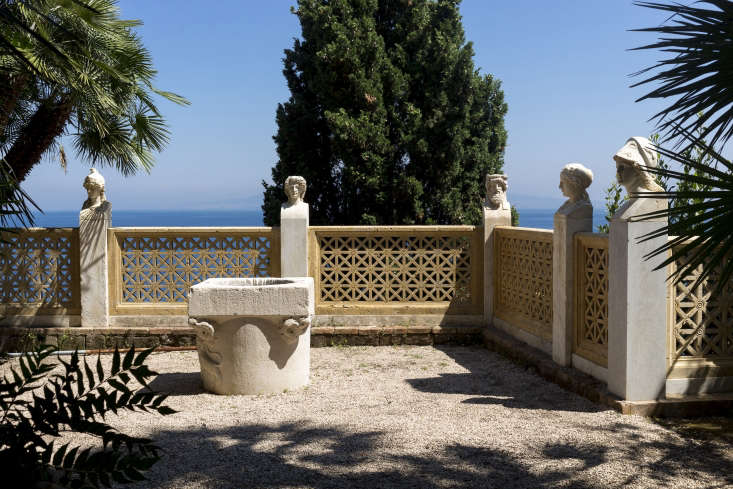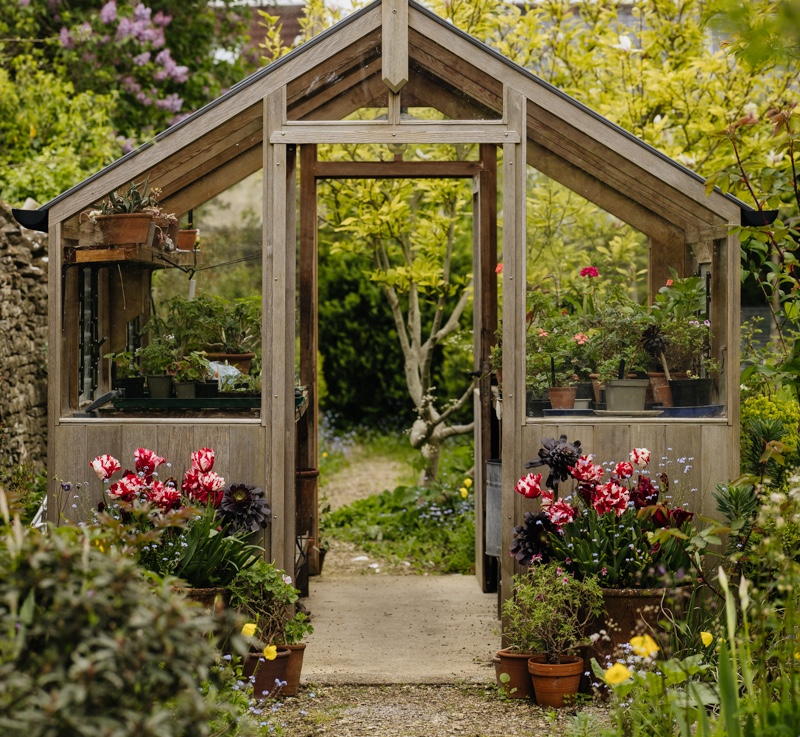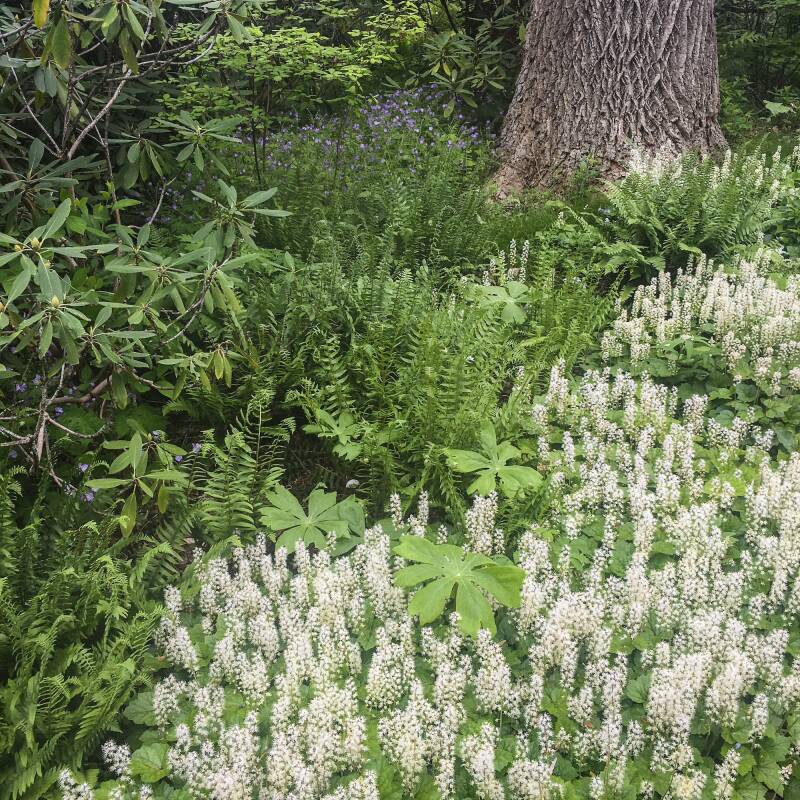Perched high above Sorrento and overlooking the Bay of Naples, Villa Astor is, quite literally, a peach of a house. With an elegant, neoclassical, soft apricot façade that glows in the Italian light and an enclosed garden protected by fortress-like walls, it’s a house that’s both publicly prominent yet entirely private too. Recently this grand villa received a total internal makeover by French architect Jacques Garcia and thanks to a lavish book to celebrate it, we can all get a glimpse inside this house and its magical garden in Villa Astor: Paradise Restored on the Amalfi Coast.
Photography by Eric Sander courtesy of Flammarion.


But it was La Sirena where Astor would spend his final years. The site has been built on since Roman times, but these homes were destroyed along with Pompeii in 79 CE. By the Middle Ages, there was a monastery; a Dominican order rebuilt the cloister, introducing olives, medicinal herbs, and lemon trees from the Middle East. The Villa itself was built in the late 19th century. Astor bought the adjoining orange grove, then demolished the church and convent that had stood on the grounds, causing a huge furore in the town, before building a Roman villa, the Villa Flora, in their place.

There was already a garden of sorts with citrus and olive groves but Astor added towering palms, trees, and ferns as well as citrus, camellia, wisteria, and an extensive rose garden to create a highly scented micro-climate within the boundaries of the house.


Yet despite the precious artefacts this garden has an intimate feeling rather than one of cool grandeur.

He may have blocked out the panoramic vista but in so doing he created even more potent framed views out to the Bay of Naples and Vesuvius in the distance. Some of the boundary walls were clad in white marble and others in opus reticulatum that was diagonally laid, mimicking Roman stonework.

N.B.: For more design inspiration from Italy’s gardens, see:
- 10 Garden Ideas to Steal from the Italian Coast.
- La Dolce Vita: 10 Garden Ideas to Steal from Italy.
- From Italy With Love: The World’s Best View From a Terrace.













Have a Question or Comment About This Post?
Join the conversation (0)